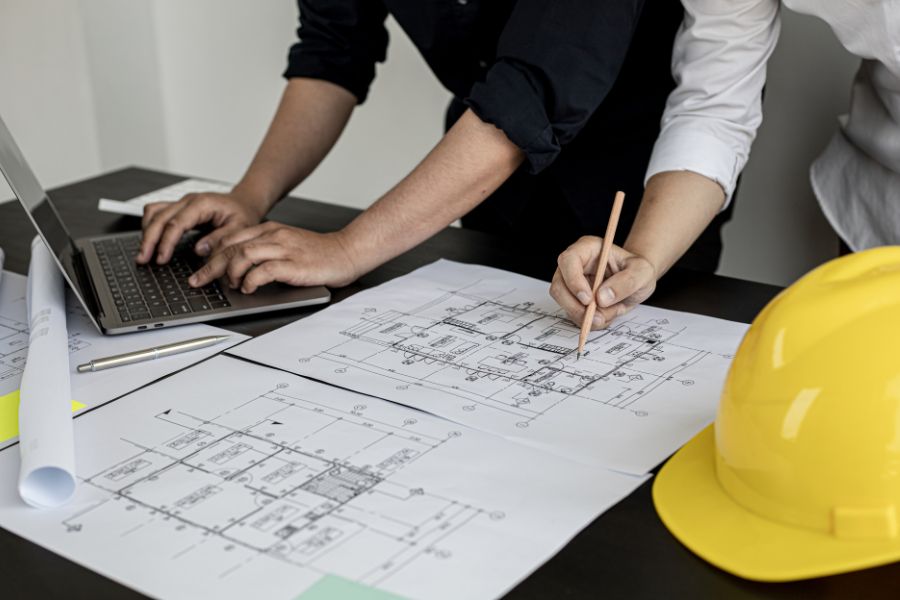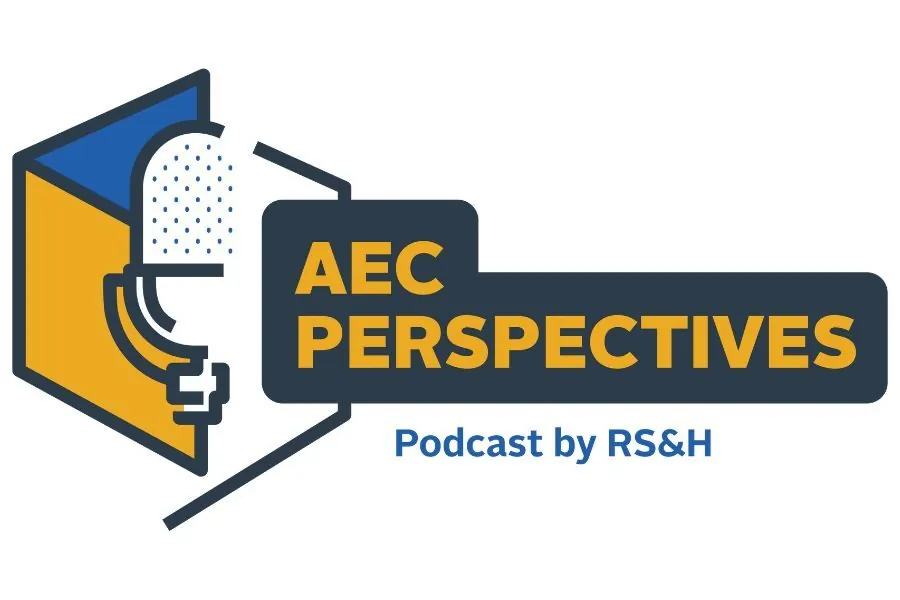How the WELL Building Standard Can Help Your Company Prepare for Reintegration

In the face of COVID-19 outbreaks sweeping the globe, building owners and facility managers must re-evaluate how they maintain operations as employees ease back into the office.
There are many precautions that managers must take to ensure the safety of employees and prevent continual spread.
A reliable source of prevention methods comes from the International WELL Building Institute (IWBI). The WELL Building Standard, similar to LEED, offers guidelines and best practices for interiors that when followed can allow buildings to become certified.
However, even without certification, buildings can still follow best practices to ensure safety both immediately and in the future with the implementation of targeted solutions.
These design plans and solutions can aid in combating rapid spread of COVID-19 and other communicable diseases going forward.
Install a Humidifier to Support Employee Health
Humidity control as a feature of the WELL Building Standard requires optimum relative humidity levels indoors. Research indicates that temperature and humidity can affect how stable and transmissible viruses are. As a precaution, building managers can apply the WELL Building Standard feature surrounding thermal comfort.
In the industry, recommendations are circulating that a range of 40 to 60 percent humidity can reduce infection. Installing humidifiers is something that can be done right now as an actionable precaution.
Continuously Monitor Air Quality
Because COVID-19 is considered an airborne virus, many of the practices outlined in the WELL Building Standard can be applied to better protect employees. A current feature places emphasis on reducing indoor air pollutants – something that can be considered with additional attention in this period.
Air quality can fluctuate throughout the day so monitoring continuously can provide benefits that are two-fold. It can alert building owners to issues that must be addressed and allow occupants to avoid exposure to increased risks.
Another feature requires the implantation of an ultraviolent air treatment. While there is focus on the cooling coils and drain pans of mechanical systems within this feature, it can be revised to address pathogens in heavily occupied spaces.
Globally, many facilities are naturally ventilated. To maintain sanitation in this case, the feature requires standalone ultraviolent germicidal irradiation air sanitizers for all space with more than 10 regular occupants, which clearly would address issues brought up by COVID-19.
Improve Handwashing Materials and Practices
Research finds that reusable liquid soap dispensers frequently harbor bacteria that can spread between uses and hand dryers are often insufficient. The WELL Building Standard recommends the use of disposable soap containers – thereby minimizing the risk of bacteria seeping in and contaminating further uses.
And while hand dryers can be beneficial in some ways, the best way to properly disinfect hands is to use paper towels, as hand dryers can leave hands susceptible to infection.
Clean, wet hands can more easily become re-infected than clean, dry hands. This is one reason why the use of paper towels is recommended and can aid in reducing spread of viruses.
Reusable Over Disposable Utensils in Common Spaces
In WELL certified spaces, features from the nourishment concept can be applied to slow spread in common areas designated for eating and other activities.
Carefully considering where food products and disposable utensils are being shipped from is a necessary precaution in offices. And in contrast to public thought, reusable is the preferred option in common areas.
In a client meeting, a food service consultant stated that continuous delivery of disposable products allows the introduction of possible pathogens – as the products have been touched by many hands during the manufacturing, production, packaging, delivery, and unpacking process.
Whereas when reusable products are washed at a bacteria-killing 180 degrees between each use, they do not introduce additional sources of germs into the environment.
Rethink Water Dispenser Sanitation
While COVID-19 is not contaminating water sources, several features within the water concept can impact the way we keep building inhabitants safe and prevent spread of diseases.
The WELL Building Standard requires at least one drinking water dispenser located within 100 feet of all occupied areas of a floor. Measures implemented to reduce spread include new fountains designed for water bottle refilling and required daily sanitization on all parts.
While daily sanitizing is stressed, the common practice will likely increase the number of times water fountains are cleaned per day moving forward.
Promote Mental Health and Wellness
The mind concept as a part of the WELL Building Standard directs workplaces to promote mental health through policies and programs and recognizes that design strategies can influence mental wellbeing.
These will become especially relevant as we experience the wide swept effects of the pandemic and many employees seek out support. Many employees may be fearful or experiencing anxiety – this should be addressed immediately.
Several features are designed to optimize mental health support, education, restorative programming and more. Programs highlight the need for ongoing training in areas like meditation and point to best practices following stressful travel for employees.
While the existing policy recommendations are extensive, I do think that there might be an expansion to accommodate the mental stress associated with the pandemic across all demographics.
Most of the features under the community concept offer additional guidance surrounding health services and benefits access. Policy recommends offering family support for those with childcare, eldercare and caretaking needs – an area of concern as many are facing challenging circumstances while working from home.
Applying a Holistic View
Reintegration will not be a one-size-fits all approach. It will require a great deal of planning and nuance. However, applying these concepts and features can help managers support employees’ health, safety and overall wellness as we navigate the complex conditions of the pandemic.




